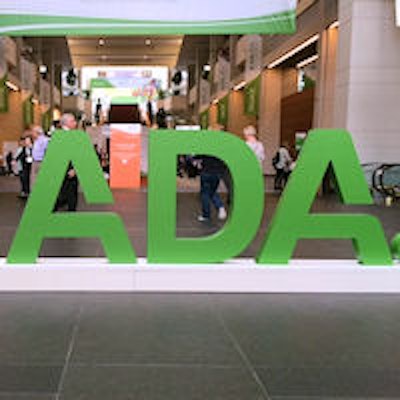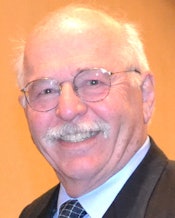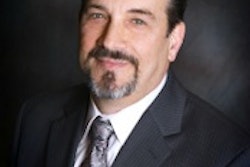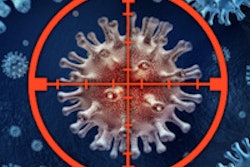
Dentists play a crucial role in detecting oral cancer and saving lives, according to a presentation at the recent ADA 2015 annual meeting in Washington, DC. There has been an alarming increase in oral cancer rates, presenters said, especially for HPV-related oropharyngeal cancer and among people without traditional risk factors, such as smoking and drinking.
In fact, in 2013, three times as many people were diagnosed with the disease compared to cervical cancer, noted Herbert Bader, DDS, a lecturer in periodontology at the Harvard School of Dental Medicine.
There has been a 60% increase in oral cancer among adults older than 40, he said.
"A quarter of these cases have no traditional risk factors, like smoking or drinking, but [these patients are] still coming down with oral cancer," Dr. Bader said.
Increase in HPV-related oral cancer
Although there are more than 100 HPV strains, only four -- 13, 16, 18, and 32 -- have been associated with cancer; usually cervical, but to a growing degree, oral. HPV infections are now the most highly contagious sexually transmitted disease (STD), Dr. Bader said.
 Herbert Bader, DDS
Herbert Bader, DDS"This is a real issue, a real problem," he observed.
He noted the troubling growth of HPV-related oral cancer among young people who don't smoke or drink much, which are common risk factors. HPV-related cancers do have better survival rates, though, Dr. Bader said.
Ellen Gambardella, CDA, RDA, another presenter, said that one person in the U.S. dies every hour from oral cancer, and the mortality rate from the disease has not decreased in more than 30 years, despite decreasing rates in other cancer types.
A majority of oral cancers (74%) aren't diagnosed until later stages, meaning these patients usually have survival rates of only five years; in half of such cases, the cancer has metastasized to the lymph nodes or other organs, Gambardella said.
"Visual inspection is very, very important," she pointed out, "But it's very difficult to see the base of the tongue and the back of the throat."
Screening and detection
Dentists should ask patients if they have noticed any unusual hoarseness, difficulty swallowing, or a feeling of having something caught in their throat. If their tonsils are inflamed, dentists should also ask for how long and if they've had any sinus or allergy issues, Gambardella advised.
"By including screening, we can detect the cancer early and reduce the amount of out-of-pocket costs for our patients," she said.
Dental hygienists and assistants are the first point of clinical contact for patients, she noted.
"The most important time is when you're alone with patients," Gambardella said. "Patients view you as an independent third party, and they're going to ask you all the questions."
She showed the group her favorite ad: "See spot run to the dentist," noting that early detection increases survival rates by 80% to 90%.
“Dentistry isn't so much about saving teeth anymore; we save lives now.”
Dentists should tell patients when they are doing an oral cancer exam. Only 15% of patients said they had been screened for the disease, even though most dentists do it, according to an ADA study.
"It's routine, but we don't tell patients we're doing it," Dr. Bader said. However, some dentists may not do it because it's time-consuming and there's no reimbursement, he noted.
Biopsies remain the gold standard for detecting oral cancer, according to Dr. Bader. He also demonstrated how to use various adjunctive devices, such as ViziLite, which uses a toluidine blue-based metachromatic dye to mark suspicious lesions.
He also mentioned VELscope, which uses fluorescence and has made a "big, big difference" in helping dentists find abnormal lesions.
Saliva contains "virtually everything we're looking for" regarding infections and disease, Dr. Bader said. It also has beneficial antibacterial properties, including warding off caries.
"Saliva is a wonderful defense mechanism," he said. "Animals know something when they lick their wounds."
Salivary DNA-polymerase chain reaction (PCR) tests are highly sensitive and show high-risk bacteria and pathogens. "But there is no perfect system for finding oral cancer," Dr. Bader noted.
Dental professionals are on the front lines in detecting oral cancer, Gambardella told the group. "We can make a difference," she said.
"Dentistry isn't so much about saving teeth anymore; we save lives now," Dr. Bader concluded.



















